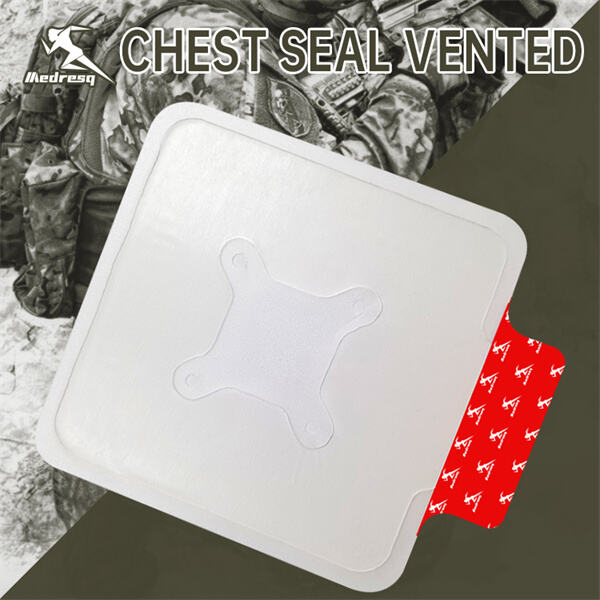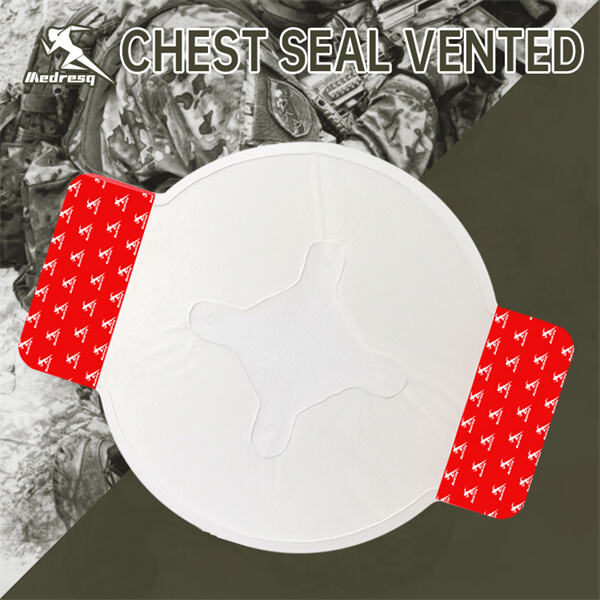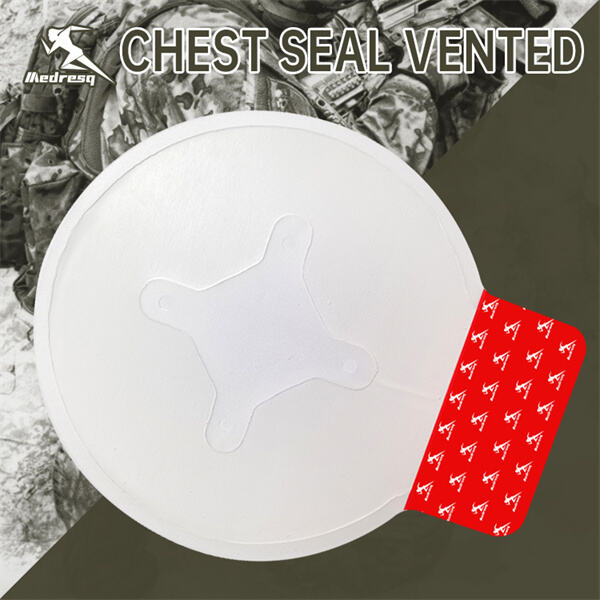When someone cannot inhale, it can be extremely frightening both for the patient and those nearby. It could be pain in their breast, or something could be obstructing the air from coming in. This is where the doctors and the paramedics come in. They employ a powerful tool known as an "non occlusive seal" to aid those with breathing difficulty. This is a very important tool during an emergency, and knowing how to use one might just save a life.
We at Medresq know how it is vital for everyone to breathe. It is the key to survival and the key to feeling well. We do that because we make occlusive chest seals that help people breathe properly. In this guide, we will cover a few things— First, lets talk about occlusive chest seals, and their importance in an emergency. Then, we are going to talk about the chest anatomy. Once that is done we will review how to properly apply an occlusive chest seal. We will touch on the issues that can arise when it's not done properly as well. Lastly, we will present some novel aspects in occlusive chest seal technology.
This item is a special way to close a hole in the chest from a significant injury, called an first aid kit. If someone is being mugged, they could stab him with a knife, or when someone gets hurt in a car accident or in a sports game, they could get a hole in his chest. When there’s a hole, air goes in and out of the chest through that hole instead of going through the lungs as it should. This can make it extremely difficult for the person to breathe, and it can be life threatening. If left untreated, the most serious of these complications can ultimately cause the person’s lungs to collapse, a condition that can be deadly.
An occlusive chest seal, placed over the hole in the chest by a doctor or paramedic, prevents air from coming in and out. This is vital as it helps the air enter the lungs correctly which aids in the person's ability to breathe correctly. A medical professional can use an occlusive chest seal to improve the likelihood of survival in an emergency situation.

Before using an occlusive chest seal correctly, it is important to understand a few things about the chest. There are three basic parts to the chest: the lungs, the heart, and the chest wall. The lungs are the organs that facilitate breathing. When we breathe, air enters the lungs, where oxygen is absorbed into the blood. Another vital organ is the heart; it pumps blood across our body, allowing for the transportation of oxygen and nutrients to all of our cells. Finally, the chest wall refers to the structure that protects the lungs and heart and provides them with protection from injury.

Plus, if the seal isn't able to be placed quickly enough, the individual could also go into shock. Shock is a life-threatening medical condition in which the body cannot function well. If left untreated, it can lead to organ failure and death. Which is why it’s so critical to properly and quickly apply the occlusive chest seal, to give the injured person the best chance of recovery.

Keeping these points in mind, we at Medresq steadily keep enhancing our occlusive chest seals. As part of our most up-to-date technology we developed a special system that allows for doctors or paramedics to keep track of the pressure in the chest of the individual as they are being treated. It is very beneficial because it maintains the level of airflow that a person is receiving at all times.
We Occlusive chest seal a leading manufacturer of top-quality medical emergency equipment like individual first-aid kits, military supplies, and emergency prehospital supplies. This ensures reliability in critical situations.
Through Occlusive chest seal testing, the most advanced production equipment, and a vast inventory, we guarantee the highest quality and reliability in emergency medical services for various applications.
Our skilled Occlusive chest seal provide customized solutions and top-quality customer service. We are here to assist our clients with all their medical emergency needs.
Highest standards of manufacturing is guaranteed by our state of the cutting-edge manufacturing line. It Occlusive chest seal more than 15,000 square metres of non-sterile work areas and 1,000 square metres of sterile spaces.